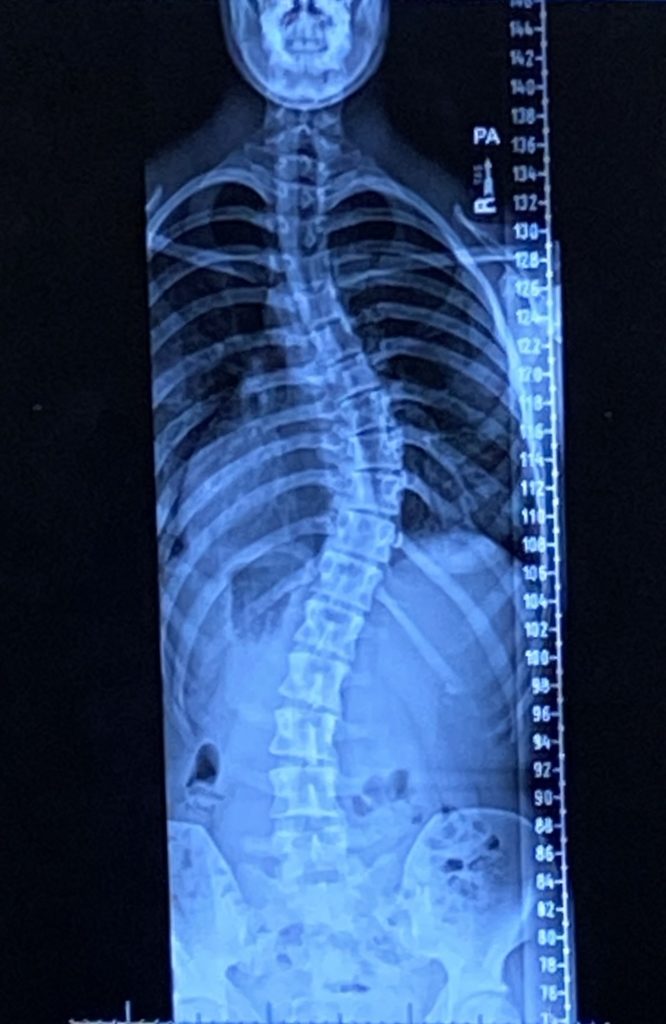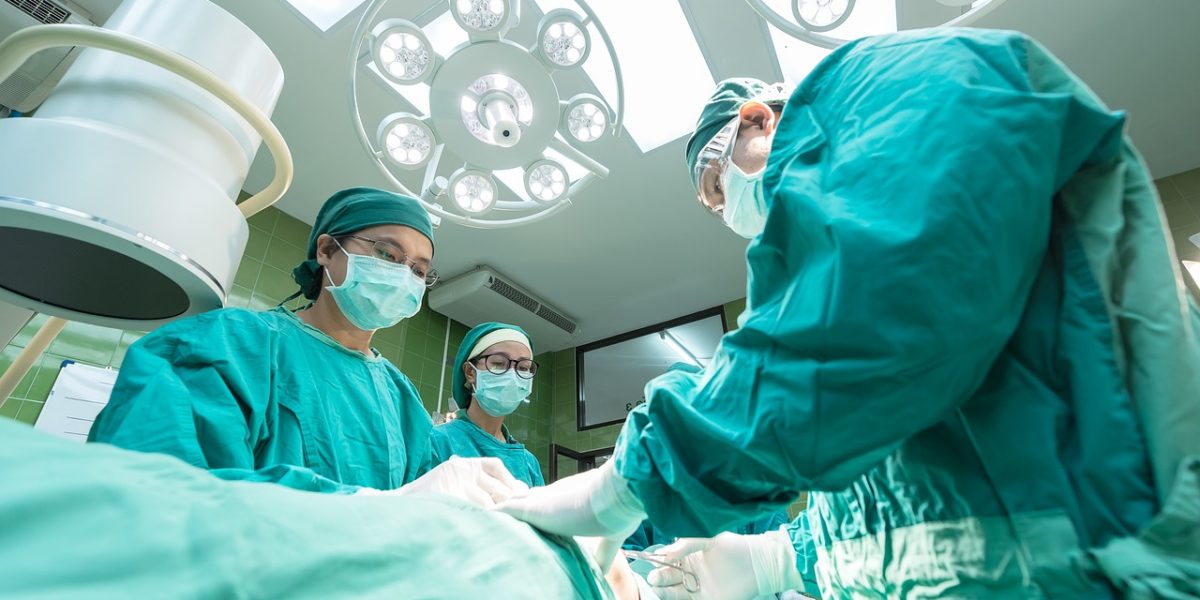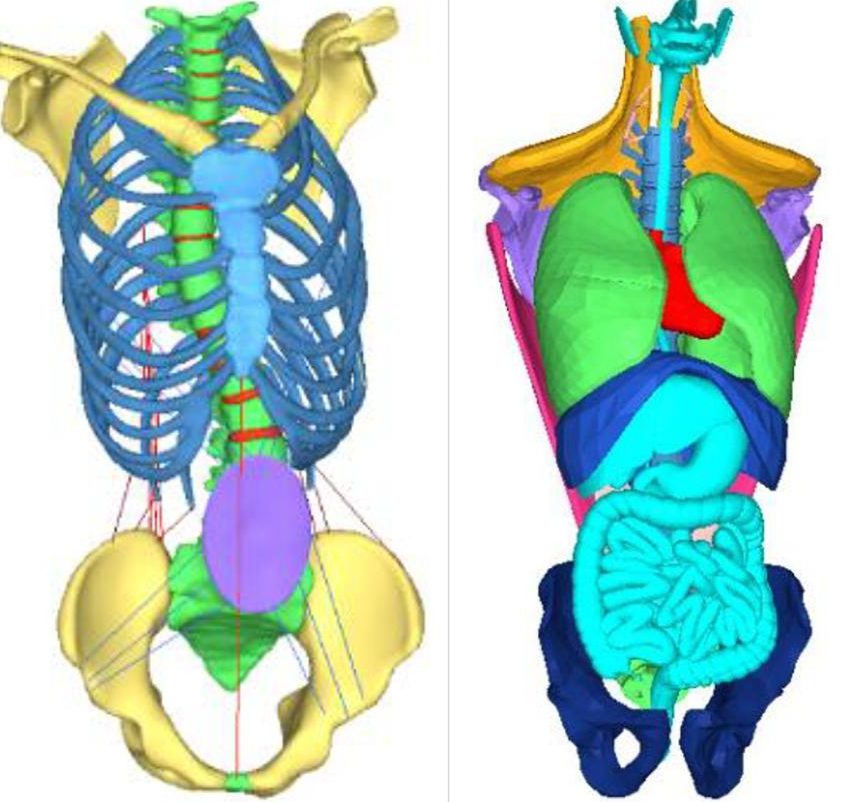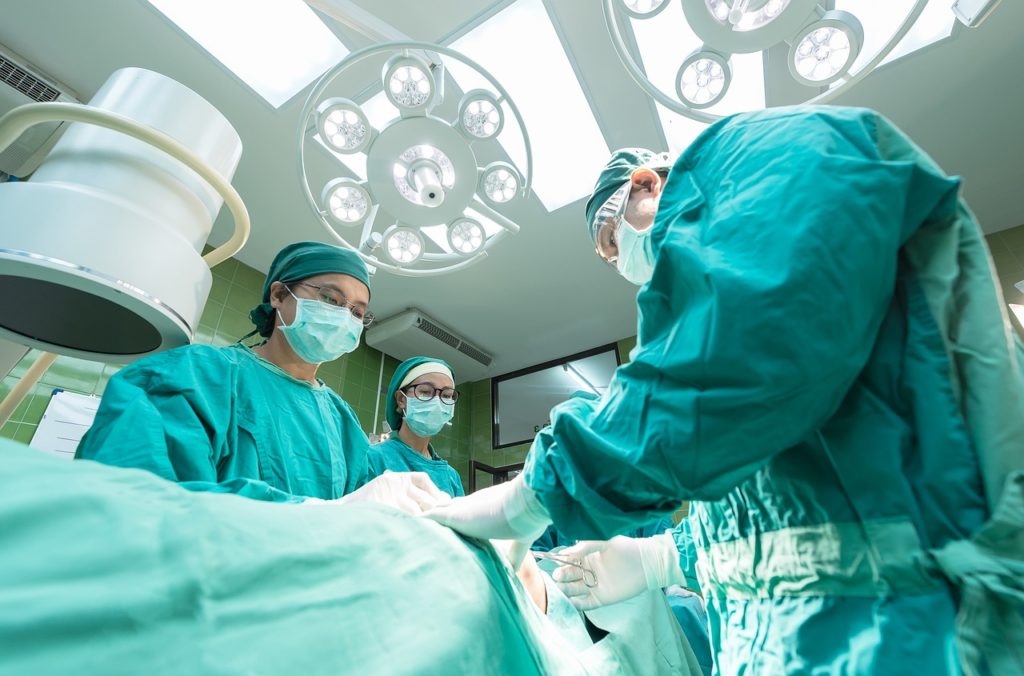For anyone who had braces as a kid, you know how miserable the process can be. From rubber bands to the restrictions on what foods you could enjoy, having braces was a real pain. However, once the braces came off, it was all worth it to have perfectly straight teeth. While many adolescents go through orthodontic bracing to straighten crooked teeth, there are some who go through a similar process to correct the curvature of their spines.

Adolescent idiopathic scoliosis (AIS) is a spinal disease that causes the spine to curve and twist. Scoliosis can range from mild to severe and people with scoliosis can have one or more curves in their spine. Part of what makes scoliosis such a difficult disease to treat is that it presents differently in each person. One person may have a singular curve in their upper (thoracic) spine while another may have a curve in their lower (lumbar) spine. An example of a curve in both the thoracic and lumbar spine is shown to the right. Additionally, it is not known exactly what causes AIS, but an early diagnosis and immediate treatment of the curvature is the best way to prevent the condition from progressing. The progressive nature of this disease combined with inconsistencies in the way it presents makes it a very difficult disease to treat.
Even though many cases of scoliosis are mild and do not require treatment, for cases in which the primary curves are moderate or severe, bracing or surgery is needed to correct the spine and prevent the curves from progressing over time. However, traditional methods for creating braces and operating on these spinal curves often do not produce the maximum possible curvature correction.
Recent studies have shown that creating finite element models of the spine can provide doctors with a treatment plan that is customized to each patient and can produce better correction than traditional methods. In these models, the patient’s spine is modeled from x ray or CT scans of the body using 3D reconstruction technology. An example of a 3D reconstructed model is shown to the left. From the created 3D model, the forces acting on the spine, the rotation and displacement of each vertebrae, the rotation and displacement of the ribs are analyzed. From there, in bracing treatments, a brace is constructed to counteract the forces acting on the spine without putting too much pressure on the ribs or skin. In the case of surgical treatment, the spinal analysis is used to determine the placement of rods used to correct scoliosis in surgery. This finite element analysis provides doctors with the best possible placement or rods or bracing support to ensure maximum correction of the spinal curvature.
Whether a patient needs bracing or surgery, finite element models of the spine are an essential tool for treating scoliosis. With the in depth analysis of the spine these models provide, doctors and surgeons are able to provide the best curve correction possible for their patients. Overall, with these new models, the treatment and correction of adolescent idiopathic scoliosis might have become a little more straightforward.
Featured image by Sasint on Pixabay


